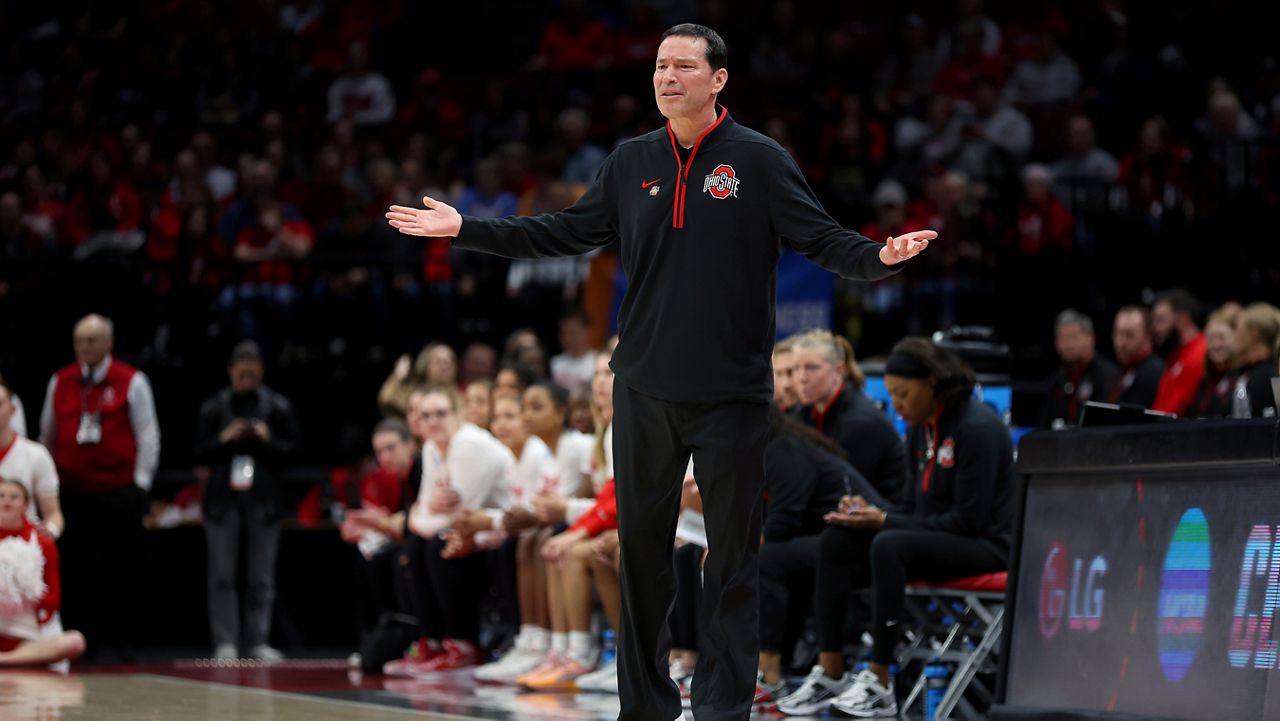LIMA- Midway between Dayton and Toledo sits Lima, Ohio.
For decades, it seemed like the city was in a death spiral.
But now their mayor of 30 years who helped bring them afloat, says they have the best economy they've seen in two generations.
- Lima was once a regional center for industry
- Lima lost 17 percent of it's population and 8,000 defense-related jobs since the 1990s
- Mayor David Berger has helped revitalize the city by building up business and workforce
Even on a frigid winter's day, smoke from this plant in Lima, Ohio billows hundreds of feet into the sky.
Manufacturing jobs have come and gone in this small city of thirty-seven thousand.
'We made school buses with Superior Coach. We made steam locomotives with Lima Locomotive Works," said David Berger, Mayor of Lima.
Both are now long gone.
The city that once used to call itself "Little Chicago" has lost more than 17 percent of its population since 1990.
"We actually had a movie made about us called ‘Lost in Middle America in the 80s’,” said Jed Metzger, President of Lima/Allen County Chamber of Commerce. “At that time, we were heavily involved in a lot of manufacturing, a lot of steel, and the reason the movie was made was because it was very depressed area. I mean, all of the companies left, and so Lima is sitting here going, 'What is our future?'"
In 1989, a new mayor came to town—David Berger— in the midst of what seemed like a never-ending depression.
"Particularly in the 90s, we lost about 8,000 defense related jobs," said Berger.
One of his biggest challenges… this refinery that's older than Coca Cola…fueling Lima's economy since 1886.
"BP announced in 1996 that they were going to close the refinery. Our community rallied behind that threat," said Berger.
Persuading BP to sell. Now owned by Husky Energy, that success has since propelled them forward.
"Ford motor has a large engine facility here, Proctor and Gamble makes liquid detergents here,” Berger said. “ It's the best economy we've had in over 40 years."
The mission of building up business has now changed to building up their workforce.
"We've got upwards of 1,500 jobs available within a 10 mile radius of Lima at any given time," said Berger.
"In the year 2025, we have to increase our workforce by 22,000," said Metzger.
So now their plan is to create a city that will attract talent away from larger surrounding cities.
"We're working on housing in the downtown especially. You'll see some breweries and other entertainment spots, you'll see some other restaurants… probably two years from now," Metzger said.
Hoping to make this city one of the most livable places in the country.









